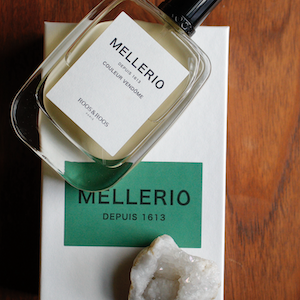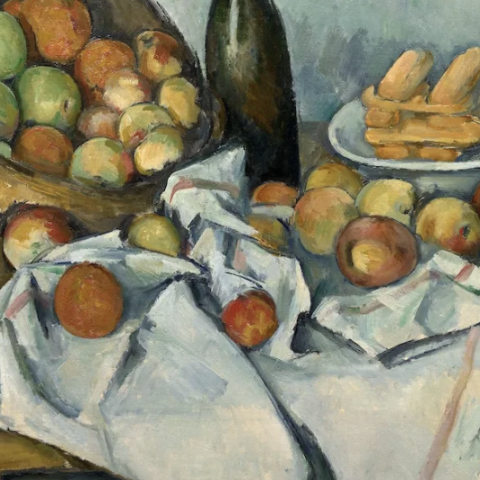Check your Vitals!
By Gaurav Gujar
With changing times, the way we are building our homes is also changing. With every industry going towards sustainability and green alternatives, the construction industry is exploring similar options and materials to be more sustainable in different ways. Green architecture is the key to sustainable designs. The Sustainable City – London’s greenest architecture is a new book by Harriet Thorpe and Taran Wilkhu that gives some intriguing insights about approaches to achieving sustainability in architecture. Today, many might agree that it’s vital for us, vital for the next generations and vital for our planet to be as green as we possibly can be. Let’s have a look at Check your Vitals! for more.
This new book explores how a city can be sustainable and discusses 6 ways to build sustainable spaces. And not just residential buildings the authors have nicely distinguished between the workplaces, play areas and shared spaces of the city with possible sustainable angles to it make it bespoke.

Topics in the book like, Building with timber, Use what’s already there, Make buildings self-sufficient, Go beyond carbon neutral. Within the book is an interesting list of sustainable materials useful for anyone thinking about a new home or workplace.

These are the top seven sustainable materials for the future of construction.
Cross Laminated Timber

Image: Oregon FRI
Use of timber in construction is centuries old but lately, the concept of Cross Laminated Timber (CLT) has been gaining some serious appreciation and acceptance across Europe. Layers of wood glued together with each layer perpendicular to the other give structural rigidity in all directions giving better tensile and comprehensive strength. And yes, it is a sustainable and renewable resource.
Cork

Image: Pixel
Cork as a construction material can be used in different ways and forms, its lightweight and insulation properties with its strength it has makes it a valuable green material for the future. Sheets, planks or even bricks made from cork are sneaking into the construction line quite well with a significant rise in demand now.
Natural Clay

Image: Hans
Since ancient civilizations, natural clay in different forms has been used in construction and now again, it is making a comeback in mainstream construction sites too. Its durability is already proven and the way it keeps cool and not too hot as required makes it desirable along with its rustic appeal in modern times.
Bamboo

Image: PxHere
Provided the site and possible usage, bamboo always is one of the top options chosen by architects and designers for its strength, durability and sustainable nature. Yes, it has to be treated sufficiently for insect or fungus attack but studies have also proven bamboo to have higher tensile strength than many alloys of steel.
Recycled/Reclaimed Plastic

Image: YankoDesign
So many of us are trying to find a solution to plastic waste and ways to get rid of it without harming the environment but in a way, we still haven’t found a solution. Recycling plastic waste and reusing it in form of bricks, fences or even floor tiles can be the future of this global problem. Plastic and its durability are clearly known and its applications once recycled are endless. So, in future if and when people accept this alternative to their way of sustainability, this may solve a huge problem for mother earth.
Ferrock

Image: Buildabroad
Ferrock is an amazing alternative to traditional concrete. Made from waste steel dust and shavings and silica mainly, this material was invented by accident in the 2000s. It has been proven to be stronger than concrete, and works excellent in saltwater; making it even stronger as opposed to concrete, composed of 95% recycled materials. Most importantly, it is carbon negative, which means unlike concrete or many other reconstruction materials which gives out CO2, Ferrock actually absorbs CO2.
Hempcrete

Image: Hempcrete wall
Yes, as the name suggests, you must have guessed it right! Hempcrete is related to the marijuana plant and is made using hemp hurds (soft, woody, highly absorbent core of hemp stalk) with limestone binder and water. Just like regular concrete, it can be used or made into structural blocks for buildings. 1/8th weight of regular concrete and strength almost similar to regular concrete, Hempcrete can be an amazing alternative for the future. It can be used as a foundation material and for load-bearing uses. It is resistant to cracking which is an advantage in buildings in areas prone to earthquakes. its non-toxic, fire-resistant, mould-resistant and lightweight properties make it really useful.
Indeed, there are many alternatives and options available for us to choose from to move towards sustainability in the construction and building of our beautiful homes and work spaces or even play spaces. It may boil down to our own spirit and will to take that little extra effort to help the environment and make some vital choices for our planet’s future.
However, this new book helps guide us through what seems to many a truly frightening and confusing topic.

‘The Sustainable City’ by Harriet Thorpe and Taran Wilkhu published by Hoxton mini press will be truly appreciated by many.
Check out the latest book here.
If you enjoyed reading this, do check out ‘Internationally Indisputable’.
.Cent Magazine, London. Be Inspired; Get Involved.



